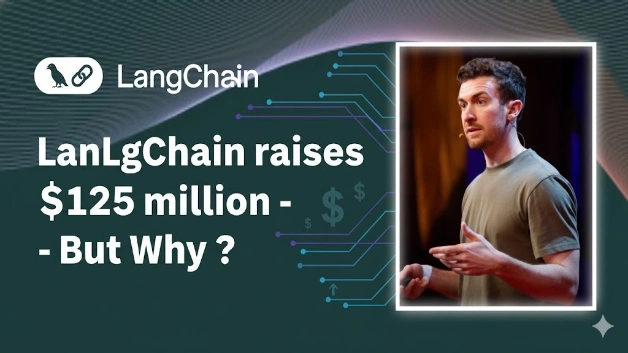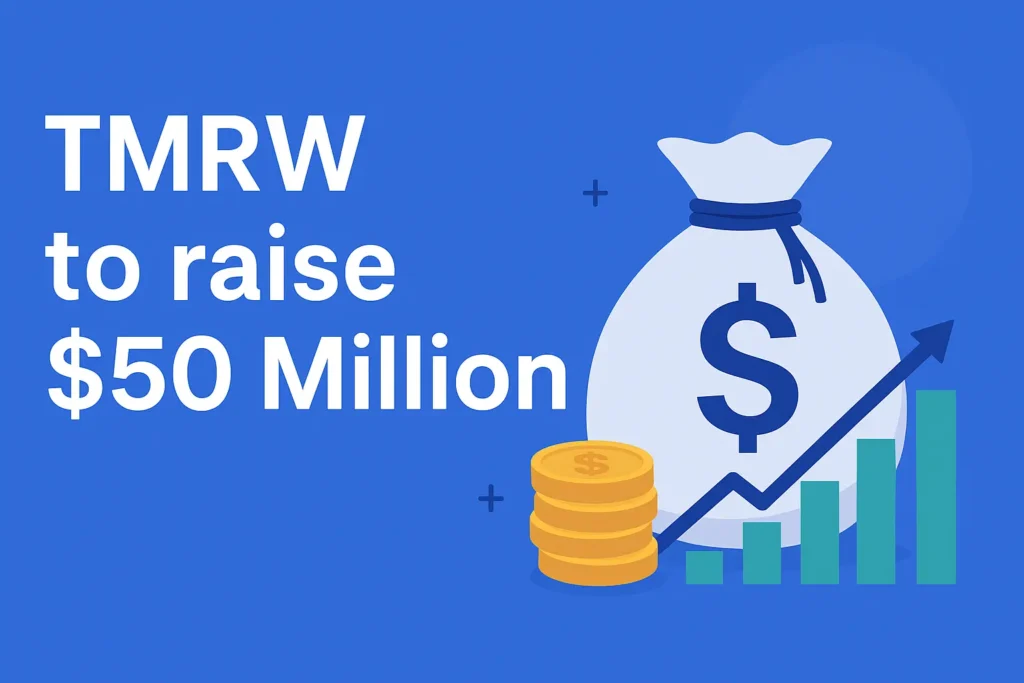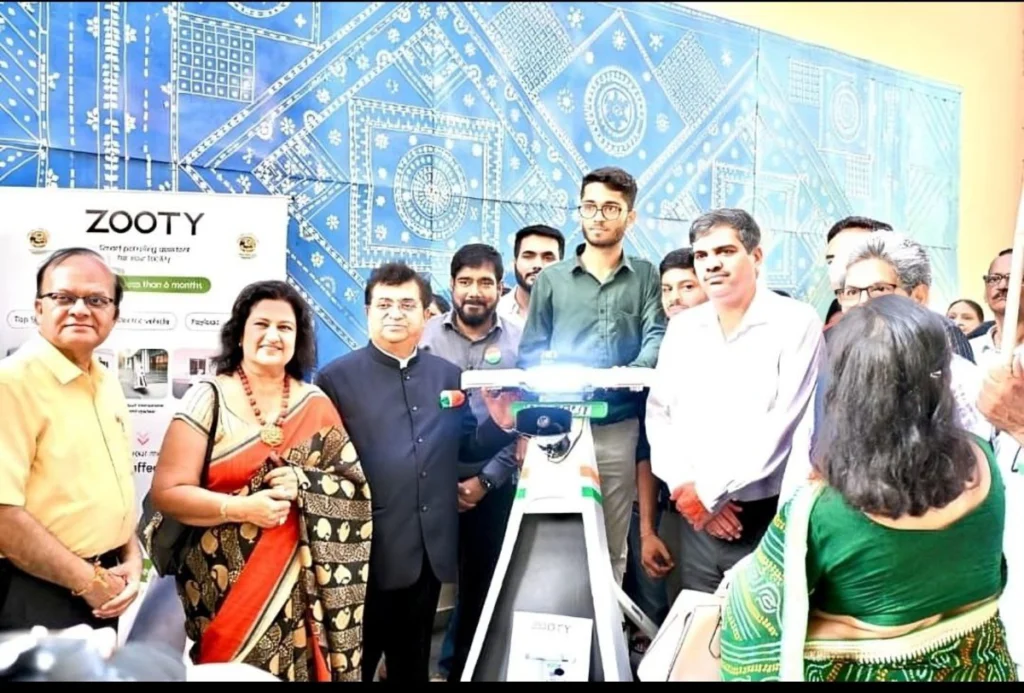LangChain, the San Francisco-based AI development framework that’s become the de facto standard for building large language model applications, has secured $125 million in Series B funding led by Institutional Venture Partners (IVP), with participation from Sequoia Capital, Benchmark, and existing investors. The round values LangChain at approximately $1.5 billion—making it one of the fastest companies to reach unicorn status in AI infrastructure history. But here’s the question that matters: why is $125 million flowing into a company providing open-source developer tools when AI infrastructure remains brutally competitive and dominant players like OpenAI, Anthropic, and Google control the underlying models?
The $50 Billion Developer Infrastructure Gap
The answer reveals what’s happening beneath the surface of AI’s commercial transformation. When LangChain launched in October 2022 by founder and CEO Harrison Chase, the generative AI market was valued at approximately $40 billion. By 2025, that figure exceeds $200 billion—a 5X increase in under three years. More remarkably, over 1 million developers now use LangChain monthly, while enterprises including Elastic, Robinhood, Rakuten, and Moody’s have adopted the framework for production AI applications processing billions of tokens daily.
LangChain operates at a critical infrastructure layer—abstracting complexity between developers and foundation models while enabling rapid application development without vendor lock-in. Founded by Harrison Chase alongside co-founder Ankush Gola, the company’s mission centers on democratizing AI application development through standardized frameworks, pre-built components, and orchestration tools that reduce time-to-production from months to weeks. This approach has delivered exponential adoption, with LangChain serving as the foundational framework for an estimated 40-60% of all LLM-powered applications built since 2023.
Why VCs Are Betting Big on AI Infrastructure
LangChain’s $125 million Series B trajectory provides context for institutional capital allocation in AI’s infrastructure layer. While generative AI startup funding reached $25.2 billion in 2024—representing 31% of all U.S. venture capital—infrastructure companies captured disproportionate valuations relative to application-layer startups. The funding round’s investor composition signals confidence in platform economics: IVP, known for backing infrastructure giants including Snap, Coinbase, and Databricks, led the round after witnessing LangChain’s developer adoption velocity.
The AI infrastructure market projects explosive growth from $50.81 billion in 2025 to $309.4 billion by 2034 at 21.8% CAGR. Early-stage AI infrastructure companies demonstrate superior capital efficiency versus consumer AI applications—LangChain’s open-source strategy built developer mindshare costing traditional enterprise sales millions annually. Sequoia and Benchmark’s continued participation validates that developer tools with strong community adoption translate to enterprise revenue at scale, following patterns established by HashiCorp, MongoDB, and Confluent.
The Vendor Lock-In Problem That $125 Million Solves
Enterprise AI adoption confronts persistent barriers despite transformative potential. Organizations investing millions in model-specific implementations face catastrophic switching costs when better models emerge—a phenomenon accelerating as Anthropic’s Claude, OpenAI’s GPT-5, Google’s Gemini, and open-source alternatives like Meta’s Llama compete aggressively. Single-vendor dependencies create risk where model deprecation, pricing changes, or capability limitations strand applications mid-development.
LangChain’s architecture counters this through standardized abstractions enabling model-agnostic development. Enterprises build once, then swap underlying models without rewriting applications—critical flexibility when model capabilities evolve monthly rather than yearly. Chase explains the thesis: “Developers shouldn’t rebuild applications every time a better model launches. LangChain provides the orchestration layer letting teams focus on business logic, not infrastructure complexity.”
Recent product launches validate this approach: LangSmith (debugging and monitoring platform generating significant ARR), LangGraph (agent orchestration framework for complex workflows), and enterprise deployment options for regulated industries. These reflect LangChain’s evolution from open-source framework to comprehensive commercial platform—a playbook perfected by Red Hat, Elastic, and Databricks generating billions in annual revenue from initially free software.
Why This Matters For AI Infrastructure Investing
LangChain’s $125 million raise positions the company within broader 2025 AI venture dynamics where infrastructure demonstrates resilience:
Developer Adoption as Moat: LangChain’s GitHub repository has accumulated 100,000+ stars, ranking it among the fastest-growing open-source projects in history. Over 1 million monthly active developers represent distribution competitors cannot replicate—developer loyalty translating to enterprise contracts when individual contributors become enterprise buyers.
Enterprise Revenue Acceleration: While specific ARR remains undisclosed, LangChain’s commercial products launched in 2023-2024 reportedly generate eight-figure annual recurring revenue with 300%+ year-over-year growth. Enterprise customers including Elastic, Robinhood, and Moody’s validate willingness to pay premium pricing for managed infrastructure, support, and security—gross margins exceeding 80% typical for developer tools at scale.
Market Timing Advantage: LangChain emerged precisely when ChatGPT’s November 2022 launch created explosive demand for LLM application frameworks. First-mover advantage in standardizing abstractions created network effects—developers learning LangChain syntax, community building integrations, and enterprises adopting the framework create switching costs protecting market position even as competitors emerge.
Conclusion
So why $125 million for LangChain? Because the company combines elements institutional investors covet: proven developer adoption with 1 million+ monthly active users demonstrating product-market fit, documented enterprise traction with blue-chip customers generating meaningful ARR, and structural positioning as essential infrastructure in AI’s $200+ billion market where applications require orchestration layers regardless of which foundation models dominate.
I’m Araib Khan, an author at Startups Union, where I share insights on entrepreneurship, innovation, and business growth. This role helps me enhance my credibility, connect with professionals, and contribute to impactful ideas within the global startup ecosystem.




